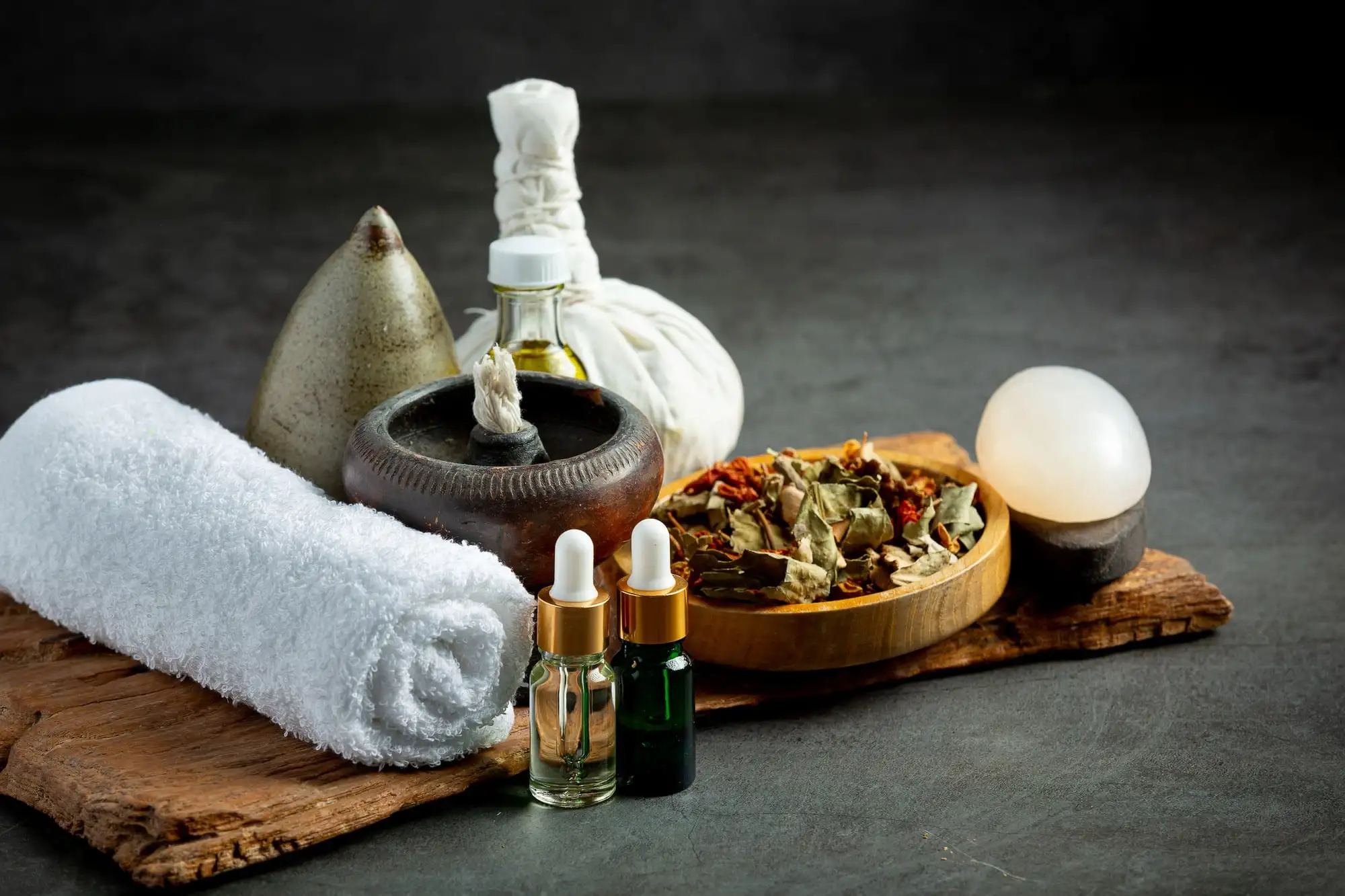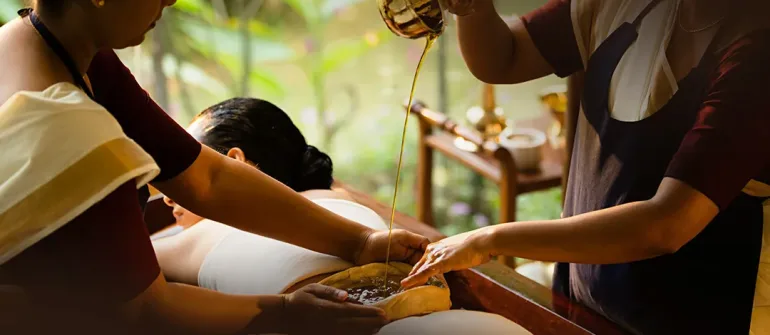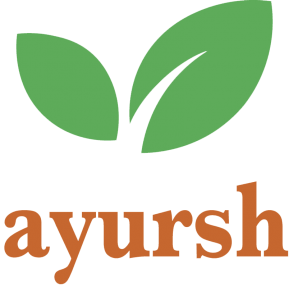Virechana Panchakarma is one of the classical Ayurvedic Shodhana (purification) therapies that eliminates excessive Pitta dosha and accumulated Ama (toxins) from the body through a carefully monitored purgation process. It’s a vital part of Panchakarma, designed to cleanse the liver, intestines, and other vital systems.
However, the real transformation begins after the therapy — during the Paschatkarma or post-treatment phase. This stage focuses on rebuilding strength, restoring the digestive fire (Agni), and nurturing the body’s tissues (Dhatus). The daily routine and diet you follow after Virechana directly determine how effective your detox will be.
At Ayursh, we emphasize that recovery and rejuvenation are as important as the detox itself. Let’s explore the right daily routine, diet, and habits to follow after your Virechana Panchakarma for lasting wellness.
Understanding the Post-Virechana Phase (Paschatkarma)
After completing the Pradhanakarma (main purgation), the body enters a sensitive yet highly receptive phase known as Paschatkarma. During this time, your internal systems are like a freshly cleansed vessel — pure, light, and free from toxins, but also delicate.
The digestive fire (Agni) is still weak and needs careful rekindling through specific foods and routines. Jumping back to your normal eating habits can overload the system and cause Ama accumulation again.
Ayursh’s Panchakarma specialists recommend a structured Samsarjana Krama (post-detox diet plan) and balanced daily routine to gently restore strength and vitality. This stage ensures that your body fully absorbs the benefits of Virechana while preventing dosha imbalance.
Why Post-Virechana Routine Matters
During Virechana, the body expels deep-rooted toxins through the gastrointestinal tract. This process temporarily weakens the Agni and reduces energy levels. Without proper post-therapy care, one may experience fatigue, indigestion, or dosha imbalance.
Following the right daily routine after Virechana helps in:
- Stabilizing Pitta dosha and balancing all three doshas.
- Restoring healthy digestion and metabolism.
- Rejuvenating Dhatus (body tissues) and boosting Ojas (vitality).
- Preventing Ama reaccumulation.
- Supporting long-term results of Panchakarma.
At Ayursh, we consider this period the bridge between detoxification and rejuvenation. With discipline and mindfulness, the post-Virechana routine becomes a pathway to complete wellness.
Dietary Guidelines After Virechana Panchakarma
Day 1–3: Light and Liquid Diet (Samsarjana Krama Stage 1)
In the first few days after Virechana, the digestive system is tender. Begin with light, warm, and liquid foods that rekindle Agni gently:
- Start with Manda — a thin rice gruel made from well-cooked rice water.
- Continue with Peya (light rice soup) and Yusha (thin lentil broth).
- Add small amounts of ghee to meals for lubrication and nourishment.
- Avoid salt, spices, oil, and heavy ingredients.
- Sip warm water throughout the day to aid detoxification.
These foods act as Deepana-Pachana — stimulating digestion without straining it.
Day 4–7: Gradual Transition to Semi-Solid Foods
Once your appetite stabilizes, gradually introduce soft, semi-solid foods like:
- Vilepi — thick rice porridge with moong dal.
- Steamed vegetables such as bottle gourd, ridge gourd, or pumpkin.
- Herbal decoctions like Jeera or Ajwain tea to support digestion.
- Add small portions of ghee to sustain nourishment.
Avoid sour, spicy, or fermented foods at this stage.
Also, Read – After Virechana Panchakarma: A Practical Daily Routine for Lasting Results
Day 8 Onwards: Return to a Balanced, Sattvic Diet
As Agni regains strength, shift to a wholesome Sattvic diet:
- Include whole grains, mung bean khichdi, and freshly cooked vegetables.
- Favor warm meals and avoid raw salads, cold drinks, or processed items.
- Use mild spices like cumin, coriander, turmeric, and black pepper.
- Drink warm water or Triphala Kashayam at night to maintain balance.
Foods to Include
✅ Khichdi with ghee
✅ Warm soups and broths
✅ Herbal teas (ginger, cumin, or coriander)
✅ Boiled vegetables and light grains
Foods to Avoid
🚫 Fried, oily, or junk foods
🚫 Red meat and dairy desserts
🚫 Alcohol, coffee, and carbonated drinks
🚫 Leftovers or refrigerated food
Lifestyle Do’s After Virechana Panchakarma

Ayurveda emphasizes Dinacharya (daily routine) for maintaining health after Panchakarma. Here’s what Ayursh experts recommend:
- Rest & Rejuvenate: Allow the body to recover. Avoid overexertion and take adequate rest.
- Follow a Regular Sleep Cycle: Sleep early and wake up early to support doshic harmony.
- Gentle Abhyanga (Oil Massage): Once advised by your Ayursh practitioner, practice light Abhyanga with Ksheerabala Taila or Dhanwantharam Taila to nourish tissues.
- Stay Warm: Avoid exposure to cold wind or water, which can disturb Vata and weaken immunity.
- Hydration: Sip warm water or herbal infusions throughout the day to support detox and bowel movement.
- Mental Peace: Engage in meditation or Pranayama. Calmness supports physical balance and enhances the detox’s emotional benefits.
- Eat Mindfully: Focus on each bite, eat slowly, and avoid distractions during meals.
Lifestyle Don’ts After Virechana Panchakarma
Equally important are the things you should avoid after Virechana:
- No Heavy Exercise or Travel: Physical strain may disturb your recovery. Choose gentle stretching instead.
- Avoid Cold & Junk Food: Cold, processed, or fermented foods reintroduce Ama and imbalance Pitta.
- No Alcohol or Caffeine: These overstimulate the liver and digestion immediately after detox.
- Avoid Late Nights: Sleep deprivation aggravates Vata and Pitta, reducing the therapy’s effectiveness.
- No Emotional Stress: Anxiety, anger, or mental strain can disturb the subtle balance achieved by Virechana.
- Avoid Direct Sun or Wind Exposure: Your skin and body are sensitive; protect from heat, dust, and pollution.
- Refrain from Sexual Activity: Preserve energy (Ojas) during recovery for deeper rejuvenation.
- Don’t Eat Incompatible Foods (Viruddha Ahara): Examples: milk with fruits, curd with fish, or combining opposite temperatures in food.
Herbal and Supportive Therapies Recommended by Ayursh
After Virechana, Ayursh’s expert practitioners may suggest supportive herbal formulations and mild therapies to enhance recovery:
- Triphala or Dashamoola decoctions to maintain gut balance.
- Medicated Ghee for nourishment and rejuvenation of Dhatus.
- Ayursh Detox Kit with gentle herbs for continued toxin elimination.
- Rasayana Therapy for long-term vitality and immunity enhancement.
- Mild Abhyanga, Shirodhara, or Nasya can be added after a few days for complete rejuvenation.
Always consult an Ayursh Ayurvedic doctor before starting post-therapy supplements or oils.
Common Mistakes to Avoid After Virechana
Even after successfully completing detox, many people unknowingly reduce its effectiveness by:
- Returning to normal diet too soon.
- Ignoring Samsarjana Krama.
- Overexerting or resuming workouts early.
- Skipping rest days.
- Not reporting post-therapy symptoms like fatigue or bloating to their Ayursh therapist.
Avoiding these mistakes ensures your body retains the positive effects of Panchakarma and continues to rejuvenate naturally.
Conclusion
The purpose of Virechana Panchakarma goes beyond cleansing the physical body — it purifies the mind, enhances clarity, and restores internal balance. The Paschatkarma phase is where healing truly deepens.
By following a structured daily routine, diet, and lifestyle, as guided by Ayursh’s experienced doctors, you can ensure complete restoration of Agni, balanced doshas, and renewed energy.
Experience holistic rejuvenation the Ayursh way — where Ayurveda meets care, science, and personalized healing.
Frequently Asked Questions
1. What should I eat immediately after Virechana Panchakarma?
Start with Manda (thin rice gruel) and gradually move to Peya and Vilepi before resuming a regular diet.
2. How many days of rest are required after Virechana?
At least 3–5 days of rest with light activity are recommended for full recovery.
3. Can I exercise after Panchakarma detox?
Avoid intense exercise for a week. Gentle yoga or stretching can be resumed once energy stabilizes.
4. How can I maintain the results of Virechana long-term?
Follow a balanced Sattvic diet, regular Abhyanga, and seasonal detox programs guided by Ayursh experts.
5. Is it safe to do Virechana at home?
Yes, Ayursh offers home-based Panchakarma therapies with trained therapists, complete detox kits, and doctor supervision to ensure safety and comfort.
Suggested – Virechana | Panchakarma Treatment



